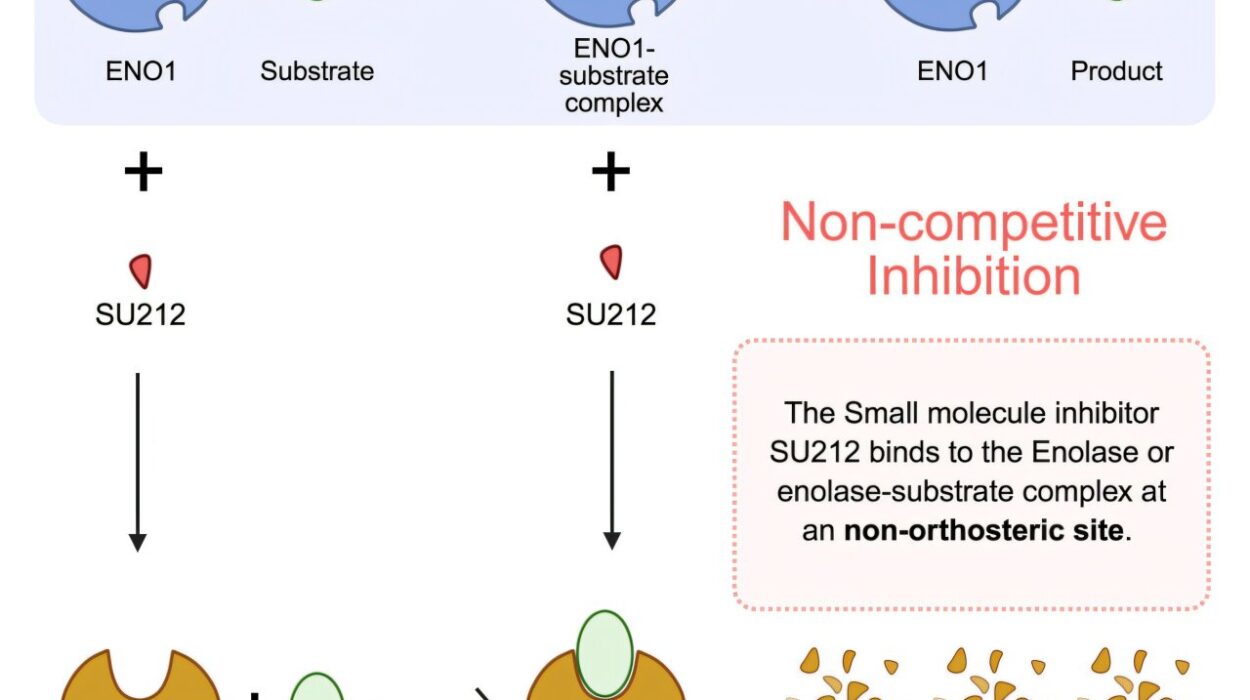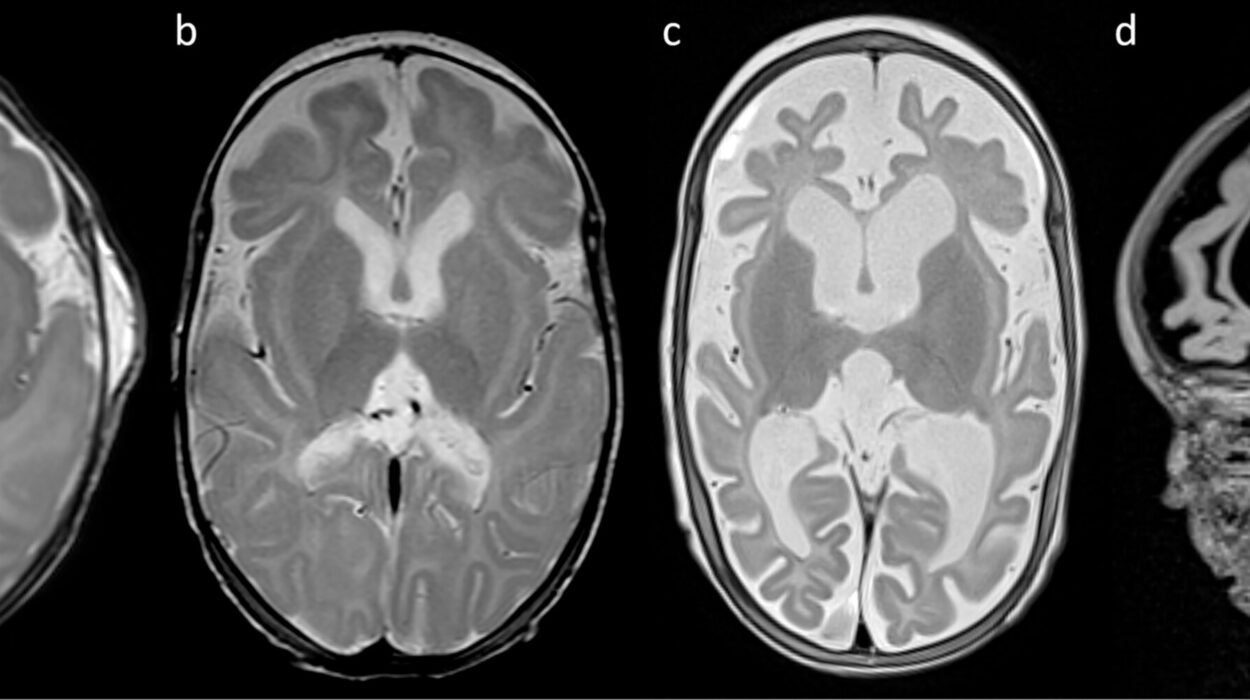For many people, sleep doesn’t come easily. As the evening sets in, the quiet of the night contrasts sharply with the busy mind that refuses to quiet down. This struggle to “switch off” has long been a hallmark of insomnia, a condition affecting around 10% of the population, with up to 33% of older adults suffering from it. But what if the answer to why some people can’t turn off their thoughts at night lies in the brain’s very internal clock?
This question has been explored in a groundbreaking study by researchers at the University of South Australia (UniSA), shedding new light on the complex mechanisms behind insomnia and offering fresh hope for better treatments.
A New Look at the Brain’s Internal Rhythm
The study, titled “Cognitive-affective disengagement: 24-hour rhythm in insomniacs versus healthy good sleepers,” marks a significant step forward in understanding the patterns of cognitive activity across a full 24-hour cycle. Insomnia has often been linked to an overactive or “racing” mind at night, but for years, researchers weren’t sure exactly what caused these erratic thought patterns. Was it the mind’s tendency to stay hyper-alert? Or was it a more fundamental disruption in the brain’s circadian rhythm?
To answer these questions, the researchers set up a unique experiment involving 32 older adults—half of whom had insomnia and half who were healthy sleepers. The participants were monitored over a full 24 hours under tightly controlled laboratory conditions, where they were kept in a dimly lit room and asked to stay awake, avoiding any external stimuli that might interfere with the brain’s natural rhythm. They filled out hourly checklists, assessing the quality, tone, and controllability of their thoughts throughout the day and night.
The results were striking. Both groups, insomniacs and healthy sleepers, showed clear circadian rhythms in their mental activity. Mental peaks occurred in the afternoon, followed by a dip in the early morning hours. This was expected. But what wasn’t expected was the way the two groups differed.
The Overactive Mind That Won’t Rest
Unlike the healthy sleepers, whose cognitive activity shifted predictably from active problem-solving during the day to a more disengaged state at night, the insomniacs showed a very different pattern. Their minds didn’t follow the typical rhythm. Instead of winding down in the evening as they should, their cognitive activity stayed elevated—more in line with daytime alertness—well into the night.
In fact, the insomniacs’ mental peaks were delayed by about six and a half hours, meaning that they were still experiencing high levels of mental activity long after their healthy counterparts had begun to drift off. This delay in the brain’s natural winding-down process suggested that something was off with their circadian rhythms—something that might be encouraging alert thinking at times when the brain should ideally be preparing for rest.
As Professor Kurt Lushington, the lead researcher on the study, explains, “Unlike good sleepers, whose cognitive state shifted predictably from daytime problem-solving to nighttime disengagement, those with insomnia failed to downshift as strongly. Their thought patterns stayed more daytime-like in the nighttime hours when the brain should be quietening.”
This revelation offers a new understanding of insomnia. It’s not just about feeling restless at night—it’s about the brain not receiving the necessary signals to “power down.” It’s a disruption in the brain’s internal clock, where the natural rhythm of engagement and disengagement has been thrown out of sync.
Sleep Is More Than Just Closing Your Eyes
It turns out that sleep isn’t simply about closing your eyes and drifting off. It’s about a deeper, more fundamental process: the brain’s ability to disengage from goal-directed thought and emotional involvement. “Sleep is not just about closing your eyes,” says Prof. Lushington. “It’s about the brain disengaging from goal-directed thought and emotional involvement.”
For those with insomnia, this crucial process of disengagement is blunted and delayed. Their brains continue to “think” when they should be resting, keeping them alert long after they should be asleep. This is the essence of the problem: the brain doesn’t receive strong enough signals to enter the quiet, restful state that is necessary for good sleep.
A New Path to Treatment
These findings open the door to new ways of treating insomnia. Currently, most treatments focus on behavioral strategies, like cognitive behavioral therapy (CBT), to help people manage their thoughts at night. While these approaches are effective to some extent, the UniSA study suggests that there might be other factors at play—factors that have to do with the brain’s internal rhythms.
“Timed light exposure and structured daily routines that may restore the natural day-night variation in thought patterns,” says Professor Jill Dorrian, a co-author of the study, “could offer new treatment possibilities.” Light exposure, in particular, is a key player in regulating the circadian rhythm, and using it strategically could help reset the brain’s internal clock, encouraging the proper cycle of mental engagement and disengagement.
Mindfulness techniques, which are designed to help individuals quiet their minds, may also offer benefits, particularly when combined with strategies to reinforce circadian rhythms. These findings suggest that insomnia treatment could be far more nuanced than previously thought—focusing not just on managing thoughts at night, but on addressing the brain’s natural circadian rhythms and the cognitive processes that are out of sync.
Why This Matters
This research is not just another step forward in understanding insomnia; it’s a potential game-changer. For the millions of people who lie awake at night, unable to turn off their racing thoughts, this study provides a glimpse of hope. The discovery that insomnia might be tied to disruptions in circadian rhythms offers a new avenue for treatment—one that goes beyond traditional approaches.
What’s particularly exciting is the possibility of developing targeted therapies that could reset the brain’s internal clock, helping people with insomnia regain the natural rhythm of their cognitive activity. By addressing the root cause of the problem—an internal clock that encourages mental alertness at the wrong time—scientists may one day be able to offer a more effective, personalized solution for those struggling with sleepless nights.
In the end, understanding the deeper mechanisms behind insomnia doesn’t just make us smarter about sleep—it helps us better understand the way our brains work and why, sometimes, they just won’t let us rest. And that, in turn, could lead to better nights—and brighter mornings—for millions of people worldwide.
More information: Kurt Lushington et al, Cognitive-affective disengagement: 24h rhythm in insomniacs versus healthy good sleepers, Sleep Medicine (2025). DOI: 10.1016/j.sleep.2025.106881






